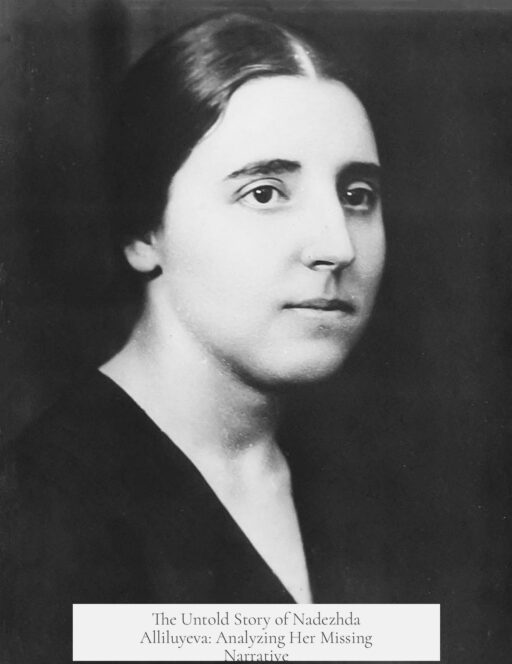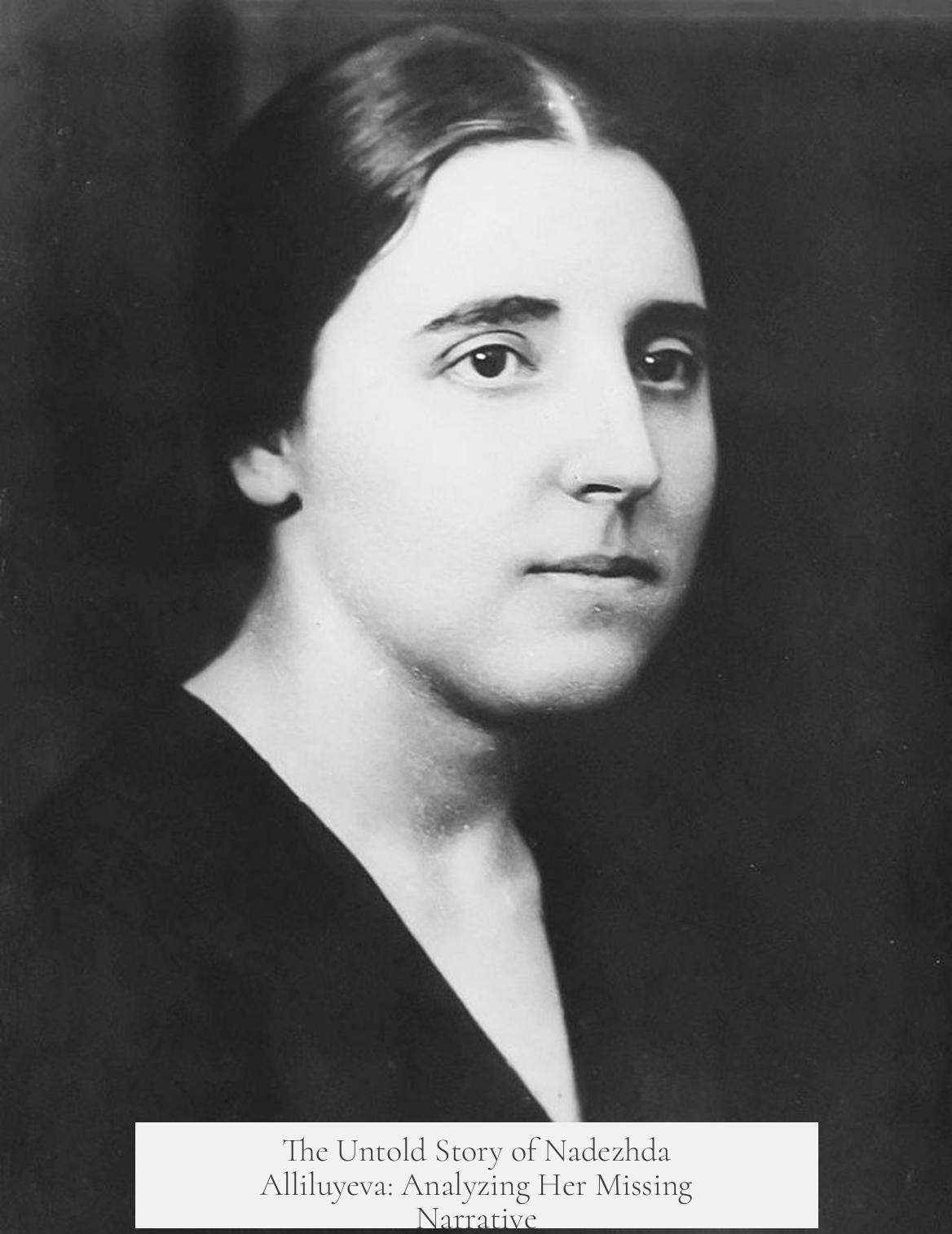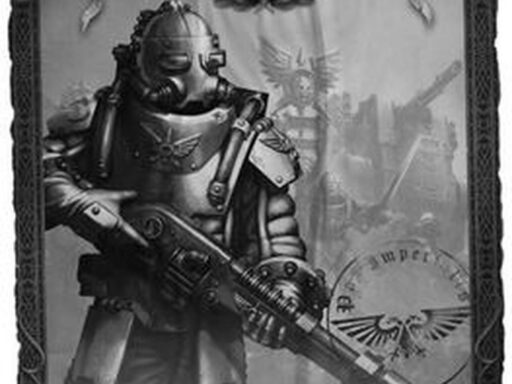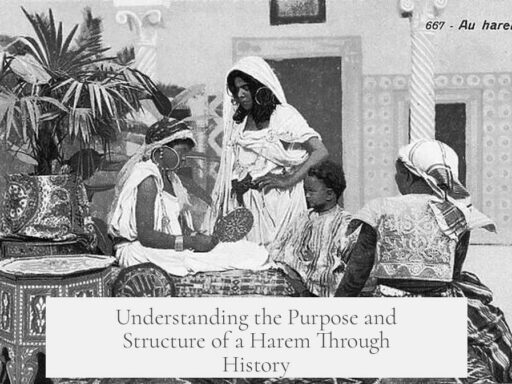There is scant literature on Nadezhda Alliluyeva primarily because she left behind few personal records, had no formal political role, and her family accounts are biased and clouded by historical trauma. These factors combine to limit the available material, complicating biographical work about her life and impact.
Nadezhda Alliluyeva, Joseph Stalin’s second wife, stood in the shadow of a towering political figure. Born into a Bolshevik family, she was connected early with revolutionary leaders, including Lenin. Married to Stalin at 18, she was 22 years his junior. They had two children. She died by suicide in 1932, following a strained relationship with Stalin that sometimes involved disputes.
Alliluyeva’s upbringing immersed her in revolutionary politics. She helped Lenin as his secretary and aspired to a career, enrolling in an engineering academy. Despite this, she suffered from physical and mental health problems. These private struggles and the lack of a prominent public role contributed to her relative obscurity in historical records.
Several key reasons explain why little is written about her:
- Scarcity of Primary Sources: Unlike many historical figures, Alliluyeva left few personal writings. She did not keep a known diary during adulthood, and only some letters to Stalin and friends survive, preserved in Russian archives. These limited sources restrict insight into her thoughts and life.
- Biased Family Memoirs: Her daughter Svetlana Alliluyeva authored two books about her family but was only 10 when Nadezhda died. Svetlana’s unique perspective as Stalin’s daughter might skew interpretations. Other family memoirs were written posthumously, often under trauma or suppression during Stalin’s reign, reducing their reliability.
- Absence of Public Political Role: Alliluyeva never held a formal political office or public position. Consequently, she left little official archival material or public legacy, unlike many of Stalin’s contemporaries whose public records and correspondence are abundant.
- Archival Limitations and Censorship: Soviet-era censorship and secretive archival practices mean that many documents potentially relevant to her life remain inaccessible or unresearched by historians.
Despite these challenges, some secondary works reference Alliluyeva in the context of Stalin’s life or her daughter’s memoirs. Recommended readings include:
- Stalin’s Daughter: The Extraordinary and Tumultuous Life of Svetlana Alliluyeva by Rosemary Sullivan. This biography sheds light on Nadezhda through her daughter’s experiences.
- Stalin: The Court of the Red Tsar by Simon Sebag Montefiore. The book’s opening chapter focuses on Alliluyeva’s last night, offering detailed biographical insight.
- The Long Shadow: Inside Stalin’s Family by Rosamond Richardson. This work provides perspective on the Alliluyev family within Stalin’s environment.
- Twenty Letters to a Friend by Svetlana Alliluyeva. Svetlana’s own writings discuss her mother’s life and death.
- Kremlin Wives by Larissa Vasileva. Features sketches of Soviet leaders’ wives, including Alliluyeva.
- Stalin Volumes 1 and 2 by Stephen Kotkin. These comprehensive volumes include detailed references to Alliluyeva in Stalin’s personal life.
Future biographies could emerge if new personal archives are discovered or if historians piece together scattered references. The lack of a prominent public role and scarce documentation pose hurdles but do not render such projects impossible.
| Reason for Limited Writings | Explanation |
|---|---|
| Few Personal Records | No adult diaries or expansive letters beyond those to Stalin |
| Family Memoir Bias | Daughter’s youth and traumatic family context skew narratives |
| No Official Position | Absence from formal Soviet archives or public documents |
| Censorship and Access Issues | Many Soviet archives remain restricted or incomplete |
- Nadezhda Alliluyeva’s life remains understudied due to limited personal sources and her private status.
- Family accounts exist but must be read critically due to bias and trauma.
- Most information about her is embedded within biographies of Stalin or her daughter Svetlana.
- Future research depends on new archival discoveries and focused scholarly attention.
How Come There’s So Little Written About Nadezhda Alliluyeva?
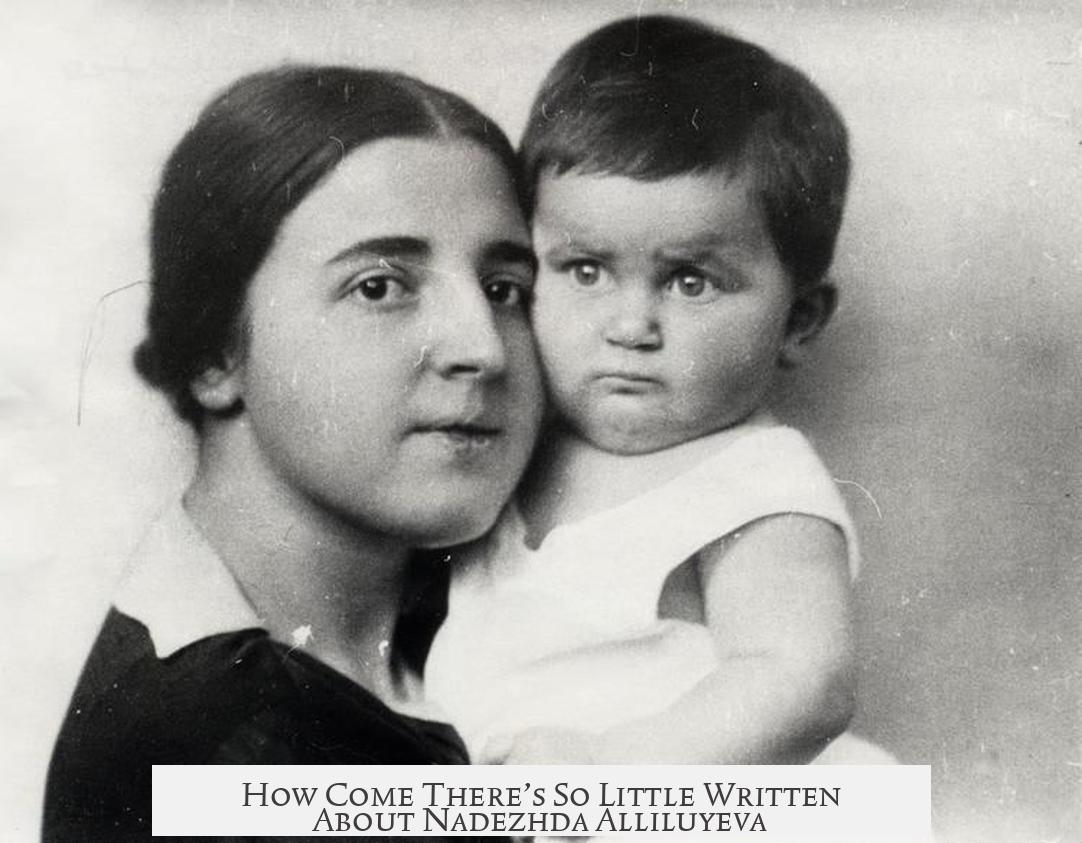
Let’s cut to the chase: the primary reason for the scarcity of written material on Nadezhda Alliluyeva is the simple fact that she left very little behind—no diaries, no high-profile political role, and a family story tangled in trauma and Soviet censorship. She remains a shadowy figure largely known as Stalin’s second wife, overshadowed by the drama and terror that surrounded her life and death.
But is that all there is to it? Absolutely not. Let’s dig deeper and explore the tangled web of history, family secrets, politics, and lost voices that explains why we know so little about this fascinating and tragic woman.
The Life and Shadows of Nadezhda Alliluyeva
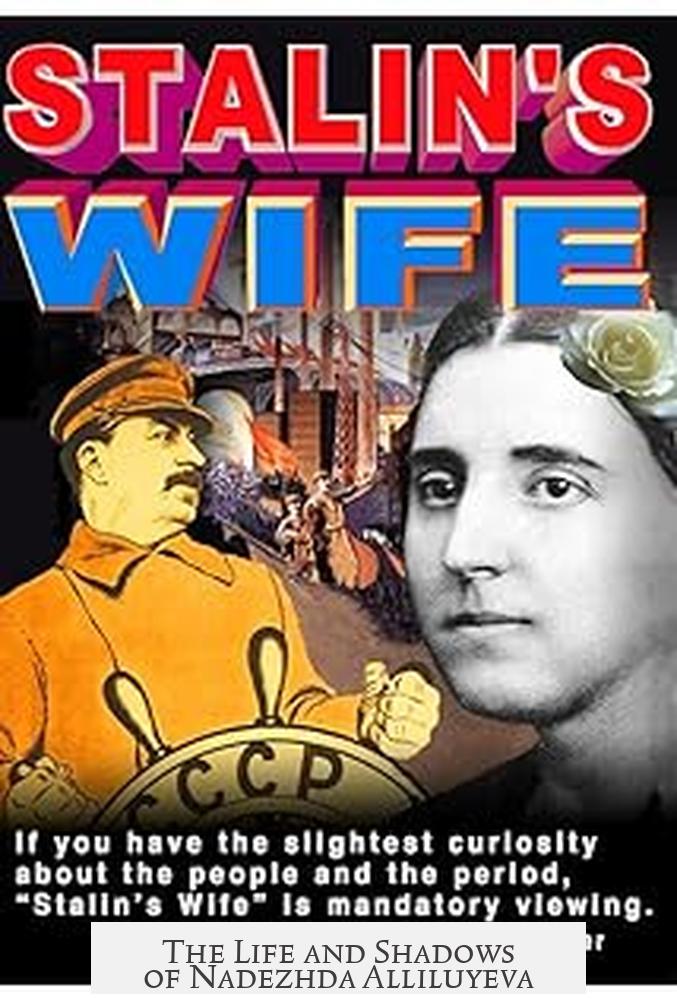
Nadezhda Alliluyeva was not just Stalin’s wife; she was a woman who grew up steeped in revolutionary fervor. Being 22 years younger than Stalin, her story is entwined with his. She knew him as a child because her father was a Bolshevik—and a friend of Stalin’s. Imagine growing up in a household that hosted both Stalin and Lenin during turbulent times. That alone sounds like something out of a dramatic novel.
As a young person during World War I, Nadezhda scribbled down her revolutionary desires in a diary, reflecting her early political spark. Later, after marrying Stalin at just 18, she worked as one of Lenin’s secretaries—a position suggesting she wasn’t content to simply be “the boss’s wife.”
She even aimed to progress professionally, studying engineering at an academy. Yet, she battled personal demons—threatened by health issues, both physical and mental. And as strong-willed as Stalin was, she wasn’t a shrinking violet. Accounts indicate clashes between the two, sometimes quite fierce. Tragically, after one of these disputes at dinner, she fatally shot herself in 1932.
Why So Little Written? The Puzzle of Missing Pieces
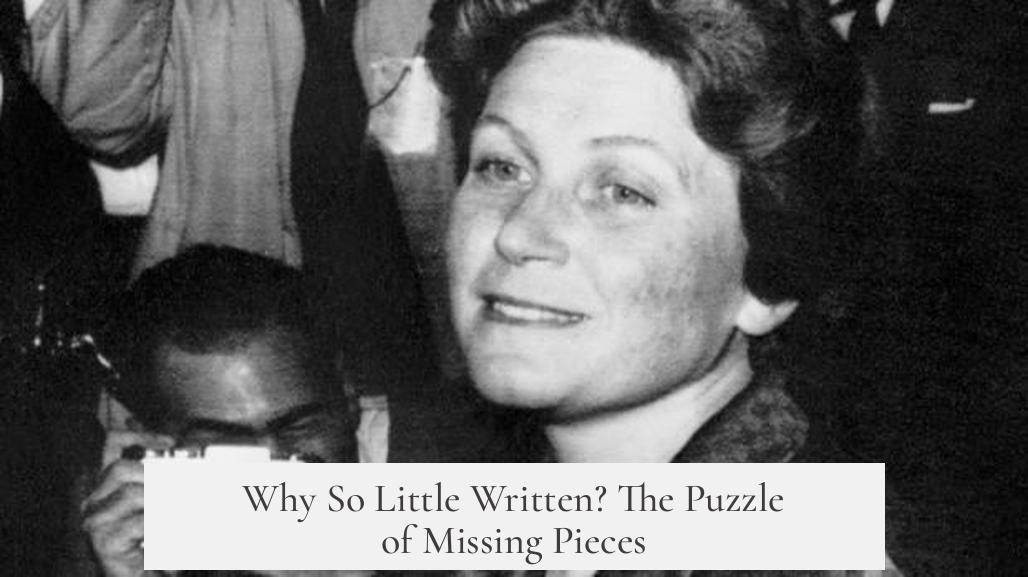
The mystery doesn’t just stem from her death; lots of fascinating historical figures have gone too soon but left plenty for historians to chew on. So what really holds historians back from giving Nadezhda her full spotlight?
1. A Severe Lack of Primary Sources
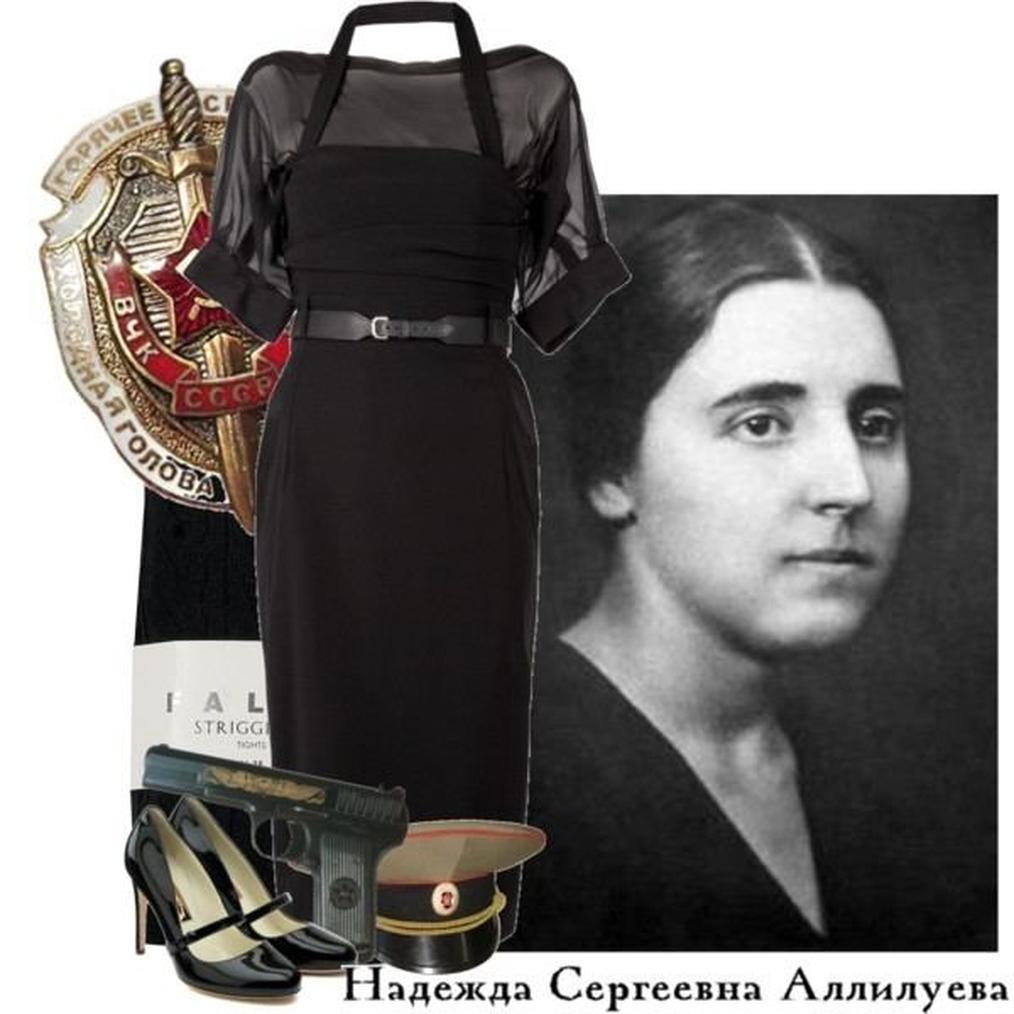
She wrote letters, and these are tucked away in Stalin’s papers in Russian archives—some accessible, others locked away. But the catch? She left no diaries from her adult life, or if she did, they haven’t surfaced yet. The absence of personal writings puts a huge brake on crafting a vivid picture of her inner world.
Now, you might say, “Okay, but Stalin himself didn’t keep diaries either, and we have a mountain of books on him!” True, but Stalin was the epicenter of Soviet history—everything revolved around him, from official records to personal accounts by associates and enemies alike. Nadezhda didn’t have such a spotlight or formal power. That difference matters.
2. Family Accounts Are There but Complicated
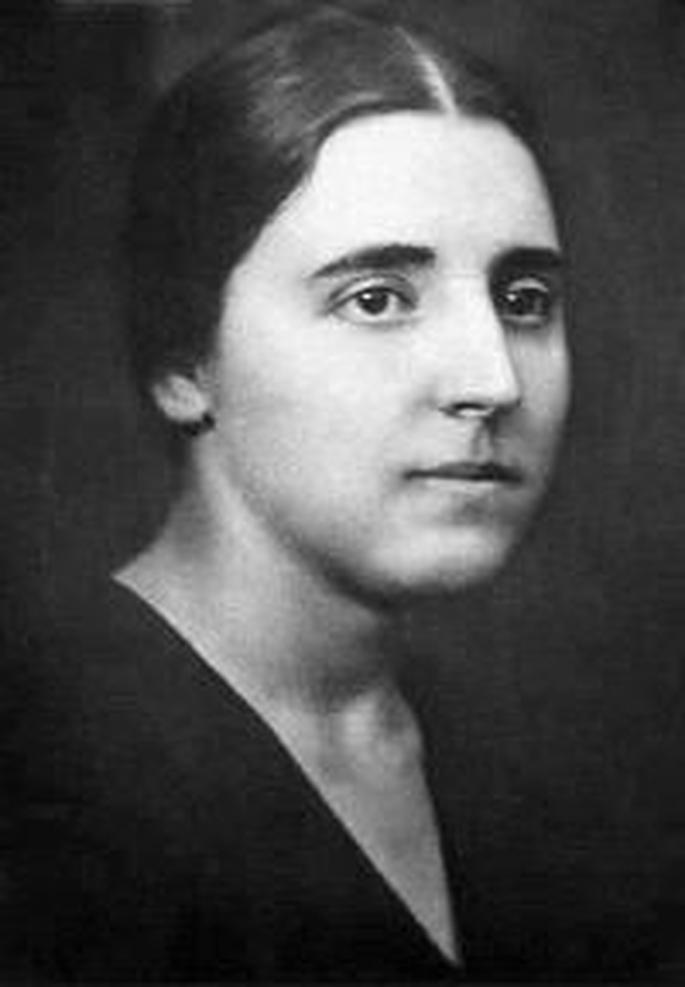
We have some glimpses through family memoirs, like those written by Nadezhda’s daughter, Svetlana Alliluyeva. Svetlana’s two books do shed light on her mother. However, these accounts are, well, colored by life’s twists—Svetlana was only 10 when Nadezhda died, and her views are understandably influenced by years growing up under Stalin’s shadow and her own turbulent experiences.
Furthermore, the Alliluyev family endured severe persecution under Stalin. Many relatives were arrested or killed during the Great Purge. The trauma and censorship surrounding these events have obscured and probably distorted what the family members revealed in memoirs, often written much later. This makes it tough to distinguish facts from painful family mythology.
3. The Lack of a Formal Public or Political Role
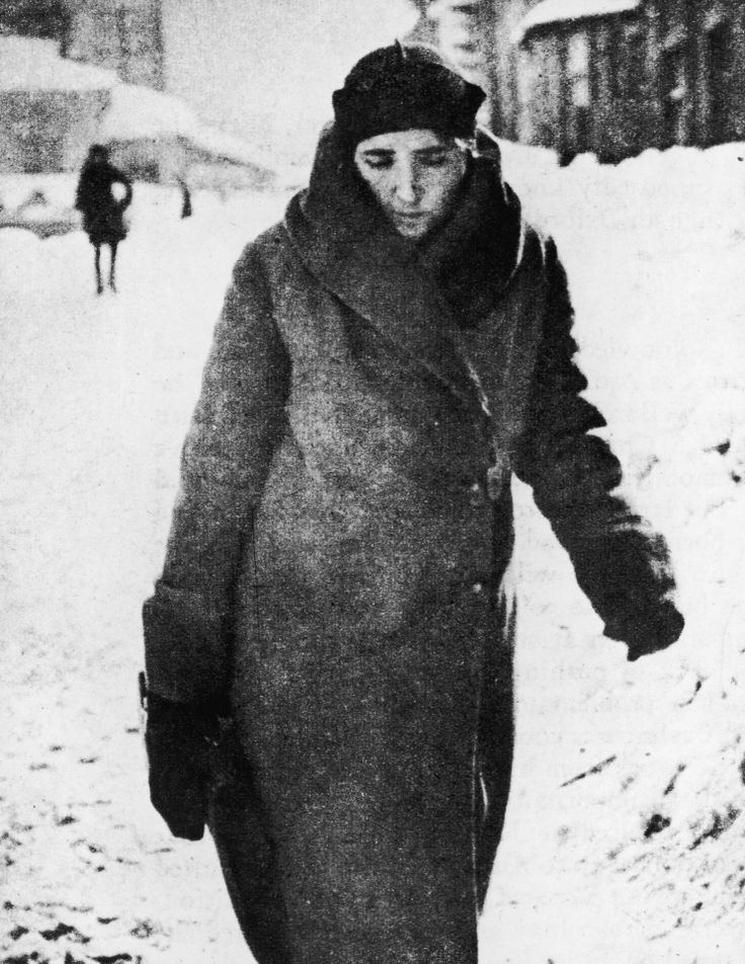
Nadezhda never held an official position of power. This means she didn’t leave behind piles of archival material like meeting records, official correspondence, or policy documents. Without this kind of trail, historians face an uphill battle tracking her life story or influence. Letters to Stalin help, but they offer only fragments.
4. No Comprehensive Biography Exists (Yet)
Surprisingly, despite extensive research on Stalin and Soviet history, no dedicated full biography of Nadezhda Alliluyeva has emerged. This gap reflects the broader challenges with available sources and the complexities of Soviet history. But some secondary biographies touch on her story when focusing on Stalin or Svetlana, hinting at how intriguing her story could be if explored in-depth.
Where to Look If You Want to Know More
If you’re eager to peek behind the curtain, here are some helpful sources to explore the veiled life of Nadezhda Alliluyeva:
- Stalin’s Daughter: The Extraordinary and Tumultuous Life of Svetlana Alliluyeva by Rosemary Sullivan (2015) – Although primarily about Svetlana, this biography provides valuable insights about her mother.
- Stalin: The Court of the Red Tsar by Simon Sebag Montefiore (2003) – The opening chapter offers a detailed account of Nadezhda’s final night.
- The Long Shadow: Inside Stalin’s Family by Rosamond Richardson (1993) – A less traditional historian’s perspective but informative on family details.
- Twenty Letters to a Friend by Svetlana Alliluyeva (1967) – Written after her defection to the U.S., with personal reflections on her mother.
- Kremlin Wives by Larissa Vasileva (1994) – Short sketches of Soviet leader’s wives, including Nadezhda; read critically for bias.
- Stalin Volumes 1 and 2 by Stephen Kotkin (2014, 2017) – Huge tomes covering Stalin and his milieu, touching on Nadezhda’s life.
And of course, the Wikipedia article is a handy gateway, summarizing what’s known with references to dive deeper.
Could a Future Biography Shine New Light?
Here’s an interesting thought: even the author of these findings muses about writing a biography on Nadezhda. Why not? Despite scant sources, historians have recovered detailed accounts of lives from fragile fragments before. It’s a challenge, yes—but a thrilling detective story for someone willing to sift through archives, letters, family memoirs, and untangle biases.
Imagine finally bringing forward a book that paints Nadezhda as more than a tragic figure or Stalin’s wife. A woman who, despite illness and political turmoil, tried to carve out her own place in a world ruled by iron fists.
Wrapping Up: Why Nadezhda Alliluyeva’s Story Remains in the Shadows
To summarize, the reasons for so little written about Nadezhda hinge on:
- The lack of personal documentation such as diaries or extensive private letters.
- The family memoirs we do have are limited, biased, and clouded by persecution and censorship.
- Her absence of any formal political function reduces archival footprints.
- The available information mostly appears in biographies focusing on Stalin or Svetlana, leaving her story fragmented.
But just because it’s hard doesn’t mean it’s impossible. Every historical voice, no matter how faint, deserves to be heard. Nadezhda Alliluyeva’s life, filled with promise, struggles, and tragedy, awaits someone willing to piece it together with care, sensitivity—and maybe a little stubborn courage.
So: What do you think? Should someone dive into the archives and reveal the woman behind the myth? History often honors the loudest voices—but maybe it’s time it gave Nadezhda Alliluyeva a chance to speak.
Why is there no full biography of Nadezhda Alliluyeva yet?
No single biography exists because primary sources on her life are scarce. She left few personal writings, and family accounts are limited or biased. This makes in-depth research difficult and deters comprehensive works focused solely on her.
How do Stalin’s archives affect knowledge about Alliluyeva?
Some of her letters survive in Stalin’s Russian archives, but she did not keep diaries or detailed records. Stalin’s own papers mention her only briefly. This scarcity limits the depth of information available to historians.
Do family memoirs provide reliable insight into her life?
Family memoirs exist but must be treated cautiously. Her daughter Svetlana was young when Nadezhda died, and the family faced Soviet persecution. Personal biases and trauma color these accounts.
Did Nadezhda Alliluyeva hold any official political role?
No, she never held formal political office. This absence means fewer official documents and public records about her, resulting in less material for historical study.
Are there recommended sources to learn about Nadezhda Alliluyeva?
Yes, she appears in biographies of Stalin and her daughter Svetlana, such as works by Rosemary Sullivan and Simon Sebag Montefiore. These provide context though focus mainly on others.
